One of the best things about Lucky Bamboo is that it can be easily propagated through both stem cuttings and offsets. This means that you can create new Lucky Bamboo plants from your existing plant with just a little bit of effort.
✔Lucky Bamboo (Dracaena sanderiana) is a popular houseplant known for its elegant appearance and symbolic significance of good luck and prosperity. It is also a relatively easy plant to care for, making it a great choice for both novice and experienced gardeners alike.
To propagate Lucky Bamboo from stem cuttings
- 1. Choose a healthy stem from your parent plant and cut it at an angle using a sharp knife or shears.
- 2. Allow the cut stem to callus over for a day or two.
- 3. Plant the stem in either water or soil. If planting in water, make sure that the nodes are submerged.
- 4. Place the plant in a warm, bright location and water regularly.
- 5. Within a few weeks, you should see new roots and leaves developing.
To propagate Lucky Bamboo from offsets
- 1. Gently remove the offsets from the base of the parent plant.
- 2. Plant the offsets in their own pots, filled with well-draining potting soil.
- 3. Water the offsets regularly and keep them in a warm, bright location.
- 4. With proper care, the offsets will develop into their own mature Lucky Bamboo plants over time.
Ideas for Placing Lucky Bamboo
Once you have propagated your new Lucky Bamboo plants, you can enjoy them in your home or office in a variety of ways.
Here are a few ideas:
Home decor:
Lucky Bamboo's graceful stems and delicate leaves make it a beautiful addition to any interior space. Place it in a decorative vase or bowl to add a touch of nature to your living room, bedroom, or office.
Water gardens:
Lucky Bamboo thrives in water, making it a perfect choice for water gardens. Whether you have a small indoor water feature or an outdoor pond, these plants will flourish, adding a touch of elegance to your aquatic landscapes.
Combined arrangements:
Get creative and combine Lucky Bamboo with other water-loving plants like peace lilies or ferns for a visually striking arrangement. Mix and match different plants to create unique and captivating indoor gardens.
Gift giving:
A gift of Lucky Bamboo is not only a thoughtful gesture but also a symbol of well-wishes. Pair it with a decorative pot or container, and you've got a gift that conveys good fortune and brings a touch of nature into someone's life.
Feng shui:
Embrace the ancient art of feng shui by placing Lucky Bamboo strategically in your home or office to attract positive energy and harmony. Its calming presence and resilience make it a popular choice for this purpose.
Caring for Lucky Bamboo
Lucky Bamboo is a relatively low-maintenance plant, but it does require some basic care to thrive. Here are a few tips:
Light: Lucky Bamboo prefers bright, indirect light. Avoid placing it in direct sunlight, as this can scorch the leaves.
Water: Lucky Bamboo can be grown in either water or soil. If growing in water, change the water every 7-10 days. If growing in soil, keep the soil moist but not soggy.
Fertilizer: Fertilize Lucky Bamboo every 2-3 weeks during the spring and summer months with a balanced liquid fertilizer. Dilute the fertilizer to half strength to avoid burning the roots.
Temperature: Lucky Bamboo prefers temperatures between 65 and 75 degrees Fahrenheit. Avoid placing it in drafty areas or near heating vents.
Troubleshooting common problems
Here are a few tips for troubleshooting common problems that Lucky Bamboo growers may encounter:
Yellowing leaves:
Yellowing leaves can be caused by a number of factors, including overwatering, underwatering, or nutrient deficiency. Check the soil moisture and fertilizer levels to make sure that the plant is getting the care it needs.
Root rot:
Root rot is a common problem that can occur when Lucky Bamboo is overwatered. If you notice that the roots are black or slimy, cut them away and repot the plant in fresh soil.
Pests and diseases:
Lucky Bamboo is generally resistant to pests and diseases, but it is important to inspect the plant regularly for any signs of problems. If you see any pests or signs of disease, treat the plant immediately with an insecticidal soap or fungicide.
Hope that help. comment and let us know if you need ant specific information not mentioned here.
Happy lucky bamboo planting


.png)
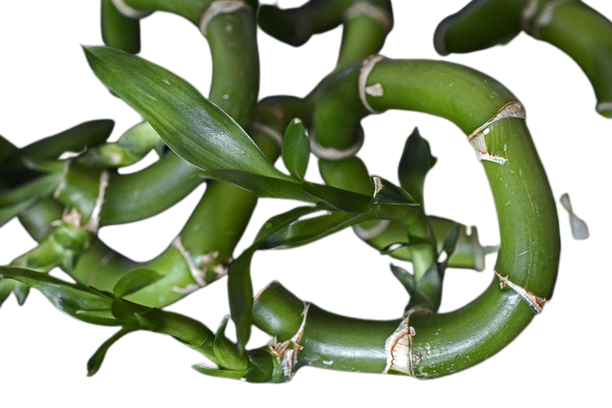
.png)
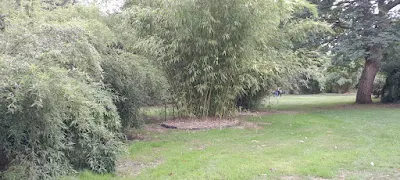
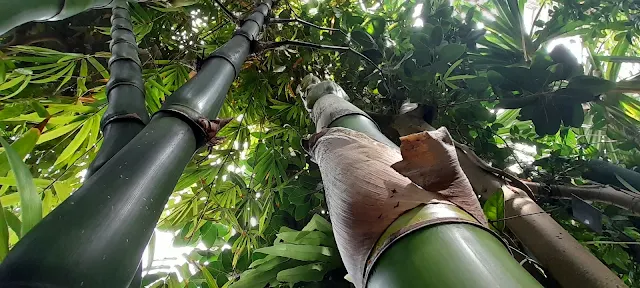
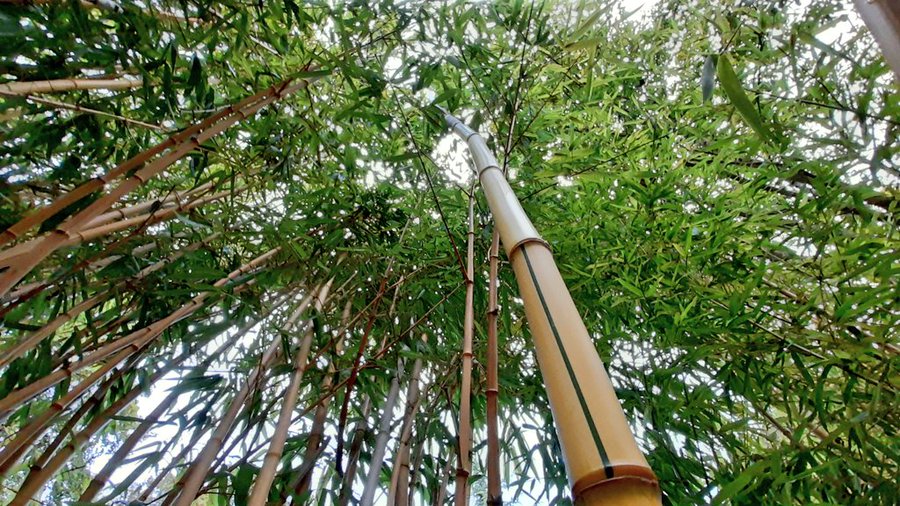









![Red Chinese Fountain bamboo Red Chinese Fountain bamboo [Fargesia nitida 'Volcano’]](https://i0.wp.com/www.gardenbambooplants.com/wp-content/uploads/2021/09/Fargesia-nitida-volcano1-scaled.jpg?resize=1536%2C864&ssl=1)

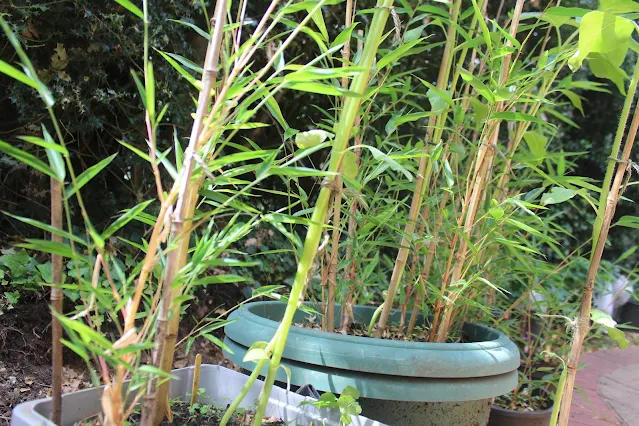

![Fargesia nitida Obelisk [Fargesia murielae and Fargesia nitida Hybrid] Fargesia nitida Obelisk UK](https://i0.wp.com/www.gardenbambooplants.com/wp-content/uploads/2021/09/fargesia-nitida-obelisk1.jpg?w=800&ssl=1)